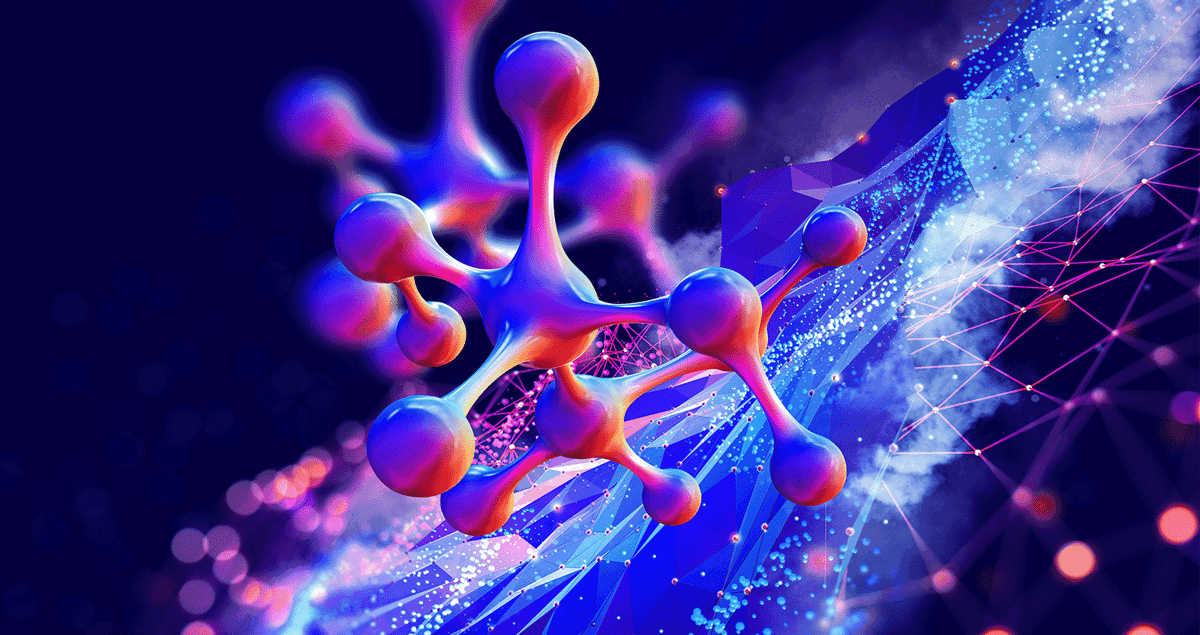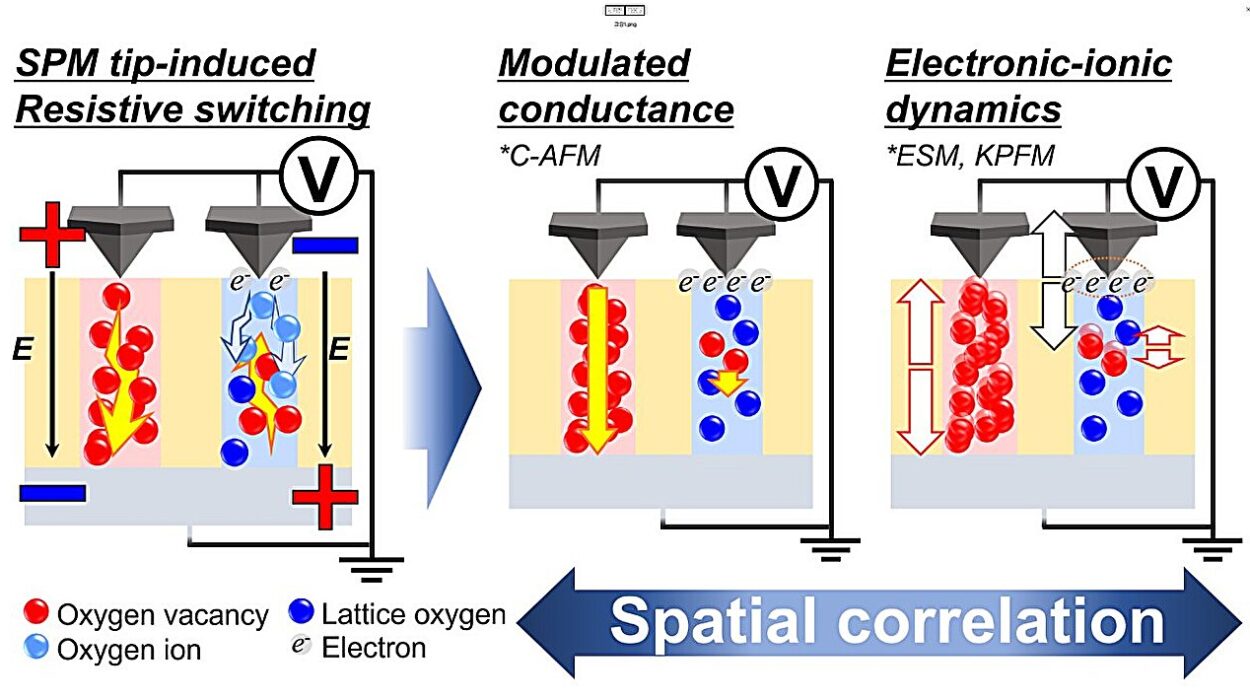Imagine a world where machines are so small you can’t see them—not because they’re hidden, but because they’re tinier than the cells in your body. Now imagine these invisible machines swimming through your bloodstream, repairing damaged tissues, killing cancer cells, cleaning environmental waste, or building the future molecule by molecule. This isn’t science fiction—it’s the frontier of nanotechnology, a scientific revolution unfolding on the smallest scale imaginable.
Nanotechnology is not just about smallness. It’s about control at the level of atoms and molecules. It’s the art of manipulating the very building blocks of reality—creating new materials, smarter drugs, and even redefining what machines can be. We are no longer just observers of nature’s tiniest details; we are becoming architects of the atomic world.
In the grand theater of science, nanotechnology may be the most quietly transformative actor. Its impact touches every field—medicine, electronics, energy, agriculture, climate science, and beyond. Yet, to understand where it’s going, we must first shrink down and step into the nanoscale world.
What Exactly Is the Nanoscale?
To appreciate the significance of nanotechnology, we need to understand its playground: the nanoscale. A nanometer (nm) is one-billionth of a meter. To put that in perspective, a sheet of paper is about 100,000 nanometers thick. A red blood cell is around 7,000 nm in diameter. A strand of DNA is just 2.5 nanometers wide.
At this scale, the rules of physics begin to bend. Gravity becomes irrelevant, surface forces dominate, and quantum mechanics takes the lead. Properties like color, strength, conductivity, and reactivity behave in ways that are impossible at larger sizes. Gold, for example, appears yellow in bulk—but gold nanoparticles can appear red, blue, or purple depending on size and shape.
This unique behavior isn’t just a curiosity—it’s a toolkit. By manipulating atoms and molecules with atomic precision, scientists can design materials and devices with custom properties tailored to exact needs.
A Brief Journey Through the Origins of Nanotech
Although the term “nanotechnology” feels modern, the concept dates back decades. In fact, the roots can be traced to a visionary physicist named Richard Feynman, who gave a famous lecture in 1959 titled “There’s Plenty of Room at the Bottom.” In it, Feynman imagined manipulating individual atoms to create smaller, more powerful technologies. His ideas were largely theoretical at the time—but they lit a fire that would smolder for years.
The term “nanotechnology” was coined by Japanese scientist Norio Taniguchi in 1974, but it wasn’t until the 1980s and 90s that nanotech became a real field of research. The invention of the scanning tunneling microscope (STM) in 1981 allowed scientists to see and even move individual atoms. Soon after came atomic force microscopes (AFMs), which could “feel” surfaces at the nanoscale.
With these new tools in hand, researchers began to unlock a world of possibilities—assembling nanostructures, synthesizing nanoparticles, and designing materials from the bottom up. Today, nanotechnology is not just a research project. It’s an industry—and a global one at that.
Reimagining Medicine: Nanotech in the Human Body
Perhaps the most emotionally resonant promise of nanotechnology lies in the realm of medicine. Disease, at its core, is a molecular problem. So why not fight it with molecular tools?
Enter nanomedicine—the application of nanotech to diagnose, treat, and prevent disease. Picture a nanoparticle carrying chemotherapy drugs directly to a tumor, bypassing healthy tissue and reducing side effects. This isn’t a dream; it’s already happening. Companies and research labs have developed liposomes, nanocarriers, and quantum dots that deliver precision therapy with unprecedented accuracy.
Cancer detection has also taken a leap forward. Gold nanoparticles are used to detect cancer markers in blood with incredible sensitivity. Nanosensors can diagnose infections in minutes. In the future, nanobots—tiny programmable machines—may one day repair damaged organs, clear arterial blockages, or even correct genetic errors at the DNA level.
During the COVID-19 pandemic, nanotechnology played a subtle yet pivotal role. Both the Moderna and Pfizer-BioNTech mRNA vaccines used lipid nanoparticles to deliver genetic instructions into cells. This was a moment of triumph not just for virology, but for the power of engineered nanostructures.
Materials That Break the Rules
Nanotechnology isn’t just transforming medicine. It’s transforming matter itself.
When scientists design materials at the nanoscale, they can unlock properties never seen in the natural world. One of the most celebrated examples is graphene—a single layer of carbon atoms arranged in a hexagonal lattice. It’s stronger than steel, lighter than paper, and conducts electricity better than copper. It’s transparent, flexible, and nearly indestructible.
Other nanomaterials include carbon nanotubes, which are cylindrical cousins of graphene with incredible strength and electrical properties. Nanocellulose, derived from plants, offers biodegradable strength for packaging or even medical implants. Quantum dots, tiny semiconductor particles, emit specific colors when exposed to light—enabling sharper, more vibrant displays.
The implications are profound. Nanotech-enabled coatings can make surfaces self-cleaning, water-repellent, or anti-bacterial. Paints can change color depending on temperature. Clothes can block UV rays, resist stains, or regulate body temperature.
We are entering an era where matter no longer simply exists—it performs.
Tiny Solutions for a Planet in Crisis
As Earth grapples with the consequences of climate change and environmental degradation, nanotechnology offers tools that might just help humanity turn the tide.
One of the most promising fields is nano-enabled energy. Solar panels made with nanomaterials can be more efficient, lighter, and cheaper to produce. Perovskite solar cells, infused with nanotech, are breaking records for energy conversion and could revolutionize solar energy deployment.
Nanotech is also helping in energy storage. Nanostructured batteries and supercapacitors charge faster, last longer, and store more energy. This could be a game-changer for electric vehicles and renewable energy grids.
In water treatment, nanoparticles like nanosilver, iron oxide, or carbon nanotubes can purify drinking water, remove heavy metals, and kill bacteria. In pollution control, nanocatalysts break down toxins in industrial emissions or clean up oil spills more efficiently than traditional methods.
These are not hypothetical scenarios. Pilot programs are already running in developing countries, where access to clean water and energy is not just a convenience—it’s a lifeline.
Electronics at the Edge of Imagination
The digital revolution that began in the 20th century is being turbocharged by nanotechnology. As transistors—the basic building blocks of computers—shrink ever closer to atomic sizes, the limits of traditional silicon are being tested.
Nanotechnology offers new paths. Molecular electronics could one day use individual molecules as switches. Spintronics, which manipulate electron spin, could enable faster, more efficient memory. Even DNA is being explored as a data storage medium—capable of storing massive amounts of information in tiny volumes.
Quantum computing, still in its infancy, relies heavily on nanotech to manipulate qubits at extremely small scales. If successful, it could unlock computing power previously unimaginable, solving problems from drug discovery to climate modeling in seconds.
In the meantime, nanotech is already improving the devices we use every day. Smartphones with nanocoatings are water-resistant. Camera sensors use nanostructures to improve light capture. Even touchscreens use transparent nanowires for sensitivity and durability.
The future of electronics is not just smaller. It’s smarter, faster, and increasingly alive with nanoscale potential.
Nanotechnology in Everyday Life
You don’t need a lab coat to interact with nanotech. It’s already in your home, your clothes, your makeup, and even your fridge.
Sunscreens with zinc oxide or titanium dioxide nanoparticles offer transparent protection without the chalky residue. Antibacterial fabrics, embedded with silver nanoparticles, fight odor in socks and workout gear. Food packaging with nanomaterials can keep products fresh longer by resisting bacteria and regulating gas exchange.
Cosmetics companies use nanocarriers to improve skin absorption. Some sports equipment uses carbon nanotubes for strength and lightness. Even stain-resistant upholstery and scratch-resistant car paint owe their resilience to nanoscale coatings.
These innovations aren’t always obvious—but they’re reshaping daily life in ways that touch millions.
Ethical Questions and Safety Concerns
As with any powerful technology, nanotech brings risks and ethical questions. The very smallness that gives nanomaterials their power also makes them difficult to control.
What happens when nanoparticles enter the body, or the environment? Some studies suggest that certain nanoparticles can accumulate in organs or disrupt cellular processes. The long-term effects are still being studied, and regulation is struggling to keep pace with innovation.
There are also questions of equity. Who gets access to nano-enabled medicine, energy, or food? Will nanotech deepen global inequalities—or help bridge them?
Then there’s the issue of misuse. Could nanotechnology be weaponized? Could nano-surveillance cross ethical lines?
The field needs strong safety standards, transparent testing, and public engagement. We must not repeat the mistakes of past technologies where progress outpaced responsibility.
The Road Ahead: Building with Atoms, Dreaming in Molecules
The future of nanotechnology lies in integration. As biology, chemistry, physics, and engineering converge, nanotech is becoming the common language across disciplines.
In the lab, researchers are developing self-assembling materials that grow and repair themselves. Nanorobots are being designed to operate inside living organisms, performing surgery or diagnostics from within. Smart materials will respond dynamically to heat, pressure, or light.
The ultimate dream? A world where materials aren’t just inert matter, but interactive systems. Where factories can be built at the molecular level. Where diseases can be cured before symptoms arise. Where pollution cleans itself. Where the line between biology and technology becomes beautifully blurred.
It’s not just about making things smaller. It’s about expanding our control, our imagination, and our capacity to heal and build.
A Legacy in the Making
Nanotechnology is still young, but its roots are deep, and its branches are spreading into every field of human endeavor. It invites us to think smaller—to look beyond what’s visible and engage with the universe at its most fundamental.
The microscope becomes a telescope in reverse. The deeper we peer into the nanoscale, the more vast our possibilities become. This is not a science of reduction. It is a science of creation.
As we build machines smaller than bacteria, invent materials stranger than science fiction, and reprogram matter itself, we must remember that the smallest things often carry the greatest weight.
The big impact of tiny machines has only just begun.






